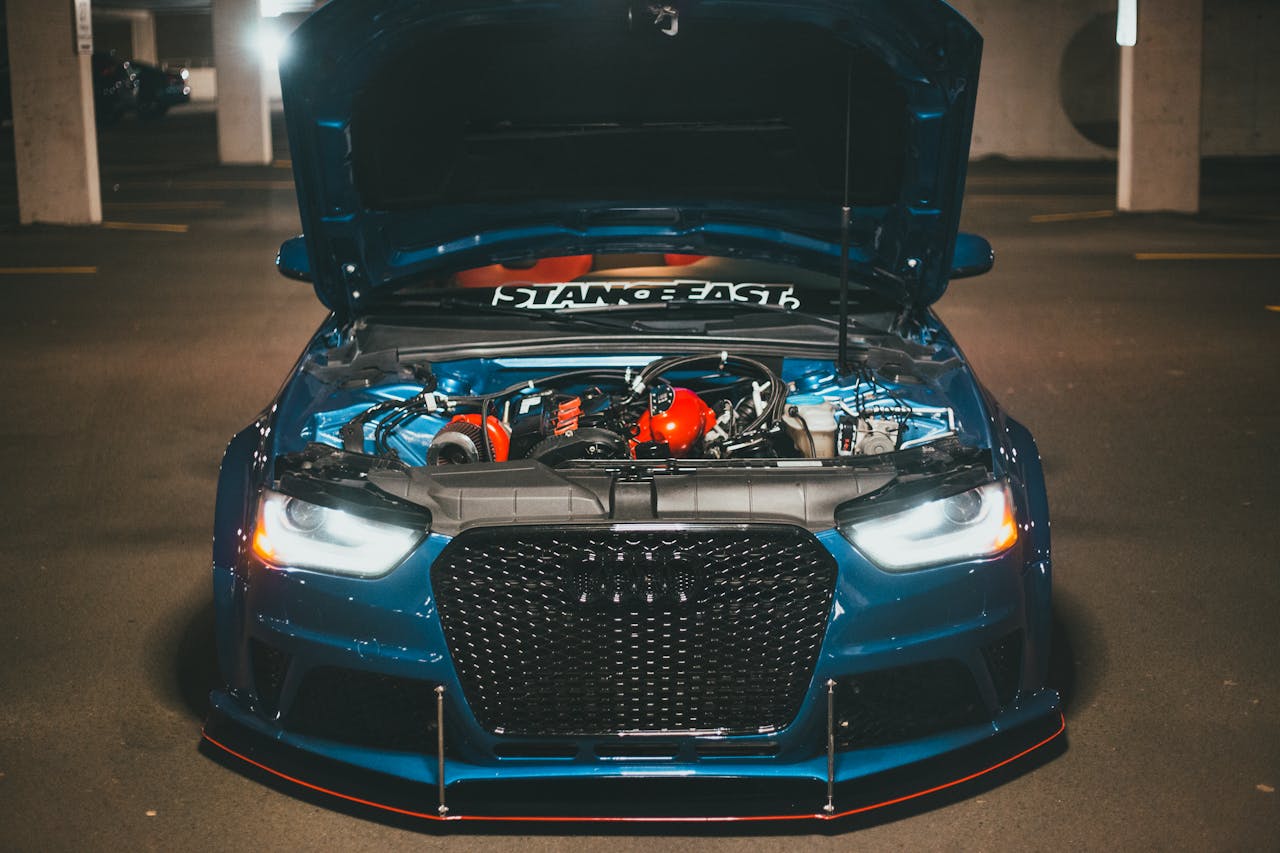Car enthusiasts love the small touches that make a daily driver feel personal, but police often focus on whether those touches hurt safety. Tint that is too dark, lights that glare, or an exhaust that rattles windows can all read as invitations for a stop. Rules change from state to state, yet the same basic tension remains everywhere: self expression on one side, and visibility, noise, and emissions standards on the other. Understanding how common upgrades look through a traffic officer’s eyes turns harmless style decisions into informed choices.
Loud Exhaust And Muffler Deletes
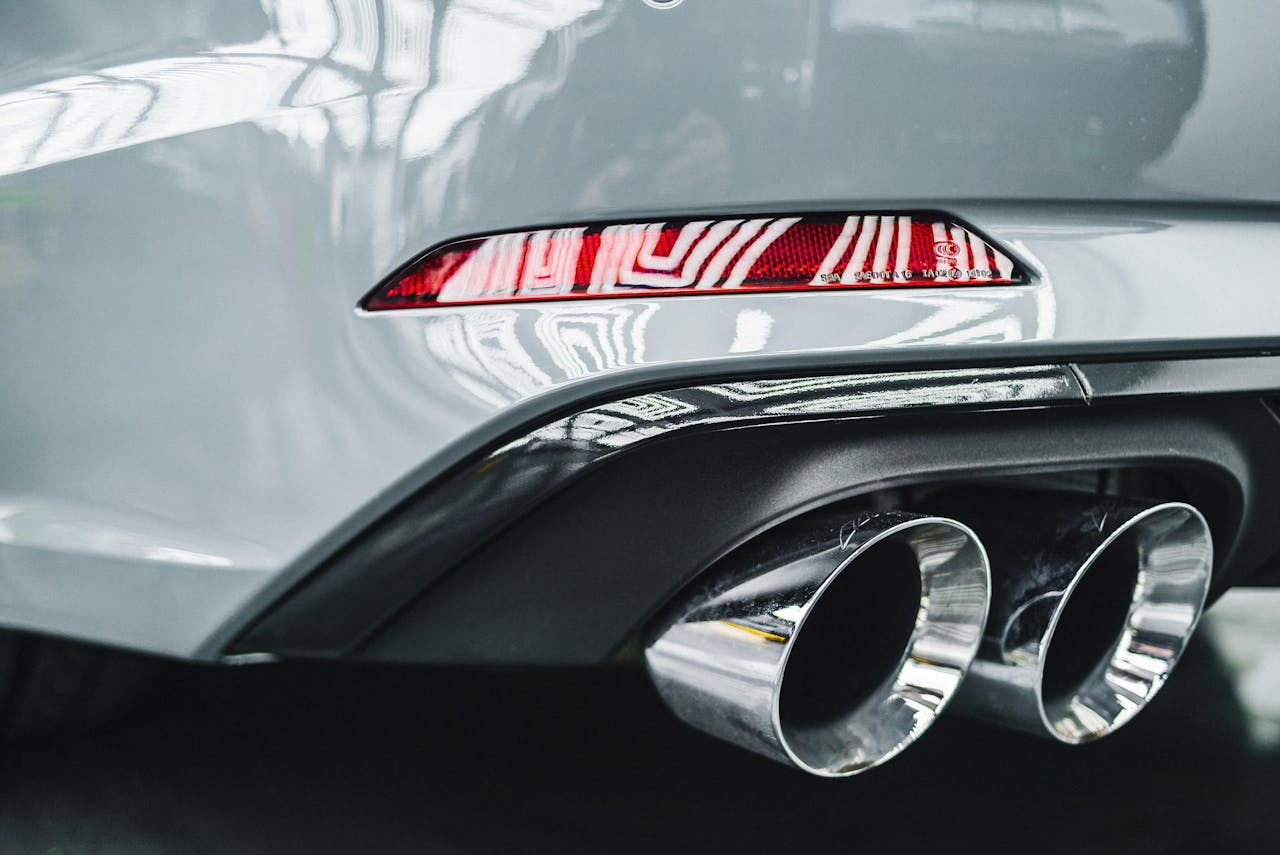
A deeper exhaust note can feel satisfying, but the line between pleasant rumble and obvious nuisance is thin. Many cities enforce noise limits that give officers broad discretion once a car stands out on a quiet street or late at night. Straight pipes, muffler deletes, and bargain performance cans often end up as easy tickets, especially when neighbors complain about windows shaking or kids being woken from sleep.
Super Dark Window Tint
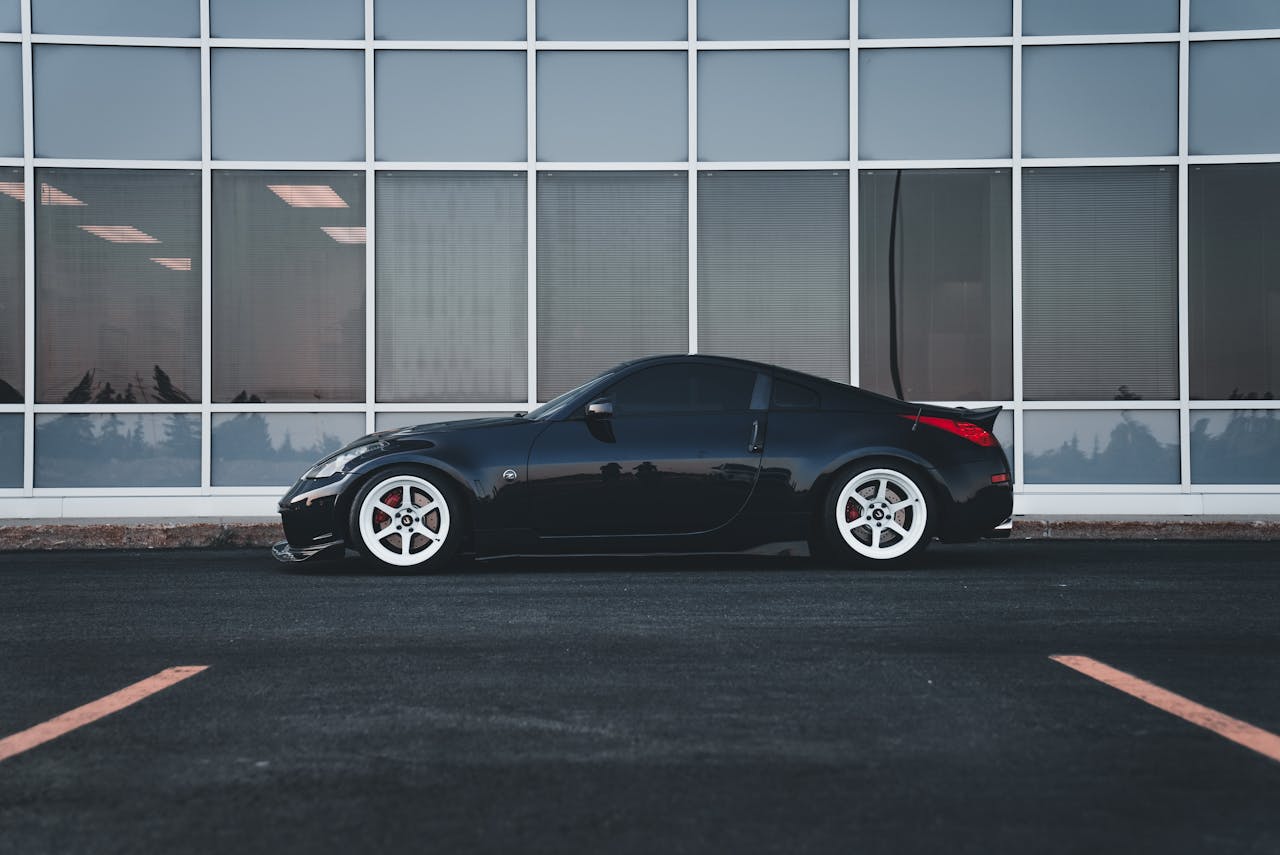
Dark tint sharpens a car’s profile and keeps the cabin cooler, yet most states require a minimum amount of light to pass through front and side glass. When film drops below that level, officers start worrying about visibility and their own safety during stops. Tint that looks nearly black from the outside is often enough to justify a pull over, even if everything else about the car seems calm and ordinary.
Underbody Neon And Extra Accent Lighting
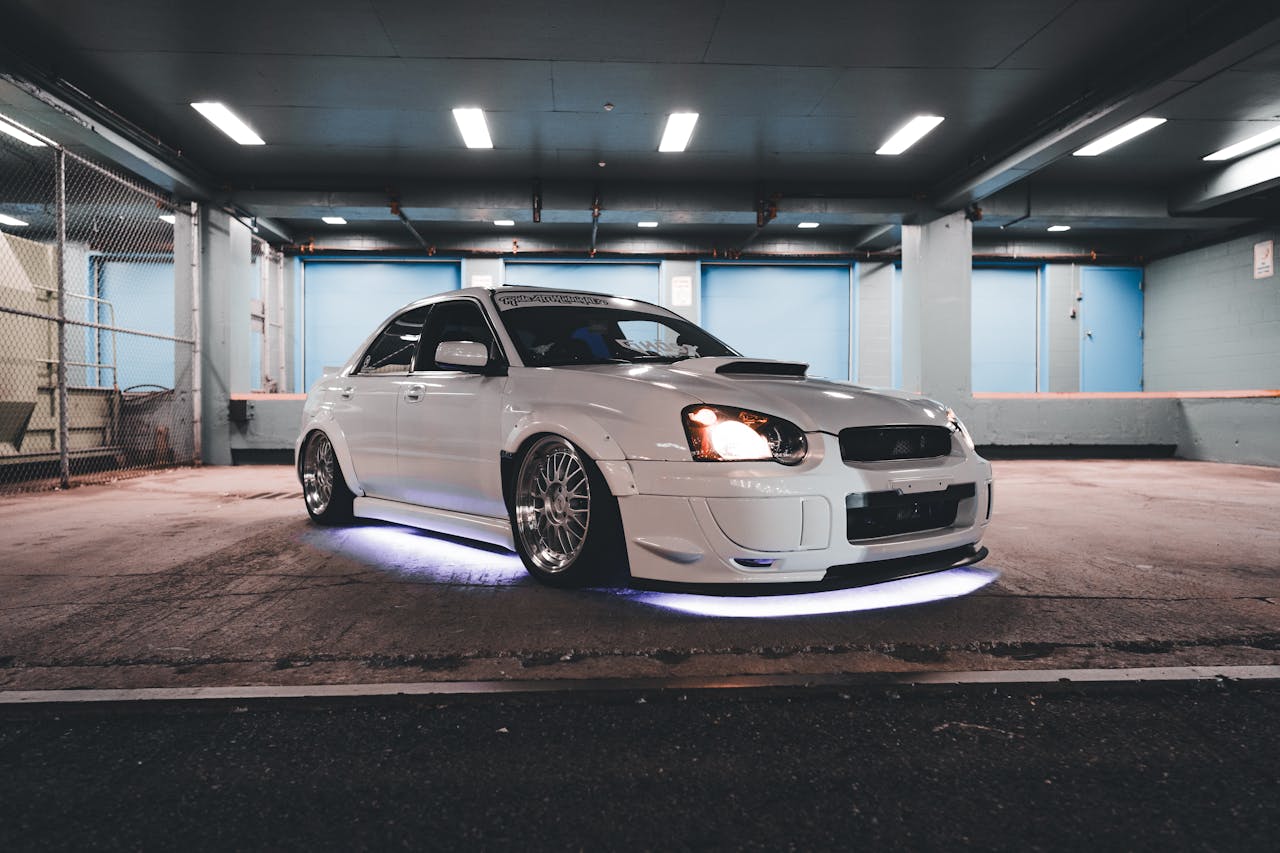
Underglow kits, grille strips, and bright wheel rings look dramatic in photos, but some setups blur into territory reserved for emergency vehicles. Many states restrict red and blue lighting on the front of a car, as well as flashing or rotating patterns that distract other drivers. Even simple neon aimed downward can become a problem if the glow spills into traffic lanes or reflects harshly off wet pavement.
Headlight, Taillight, And Signal Tint
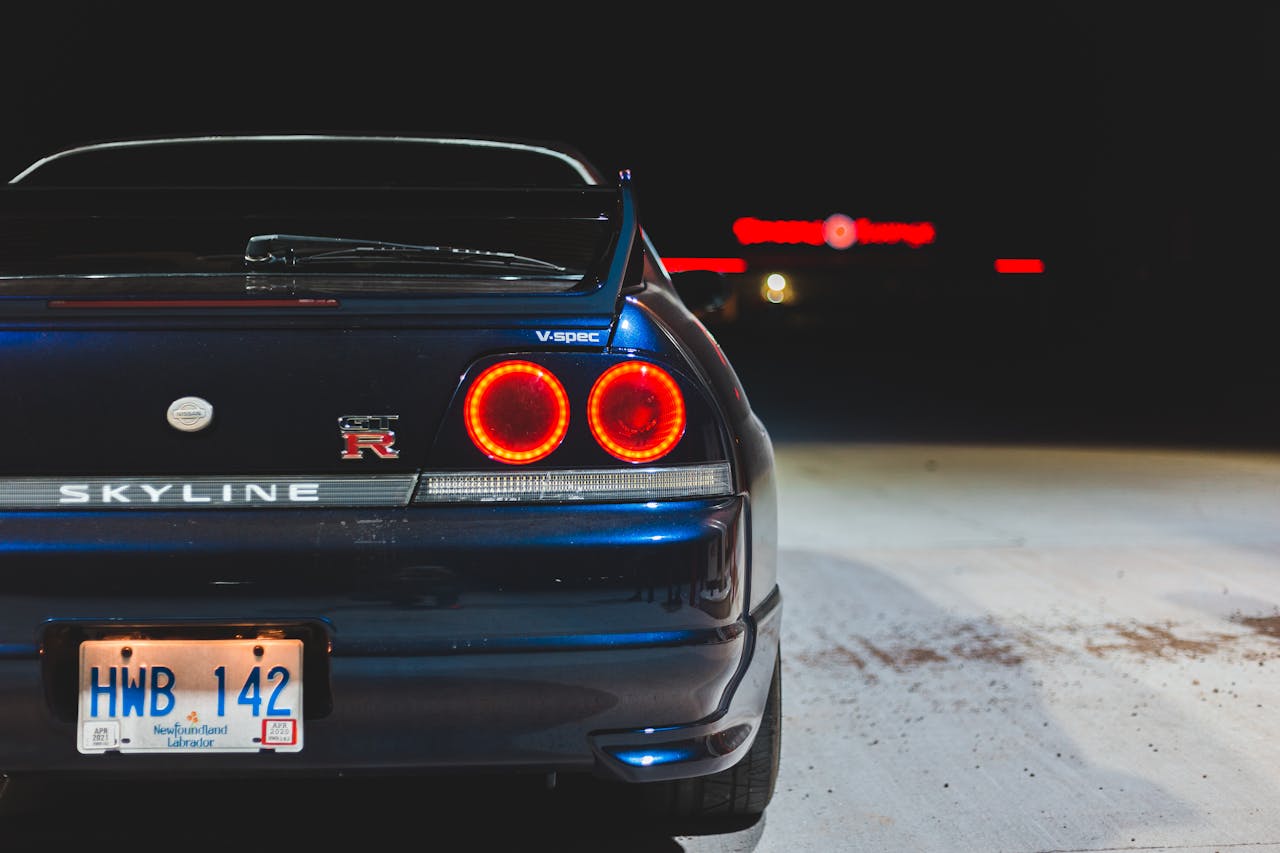
Smoked lenses and colored films appear subtle in daylight, yet they can turn risky after dark or in bad weather. Lawmakers care less about style and more about whether brake lamps, turn signals, and headlights are bright, clear, and the right color. When film noticeably dulls output or changes red to another shade, officers see a safety issue, not a fashion choice, and tickets or inspection failures often follow.
Obscured Or Tinted License Plates

License plates sit at the heart of traffic enforcement, so anything that makes them harder to read draws fast attention. Smoked covers, mirrored shields, and thick novelty frames can all trigger stops, even when characters remain barely visible. Clear covers become just as troublesome once they scratch or haze. Devices that flip or hide plates move beyond minor styling and can raise questions about intent to dodge cameras or tolls.
Extreme Lowering, Lifts, And Stance
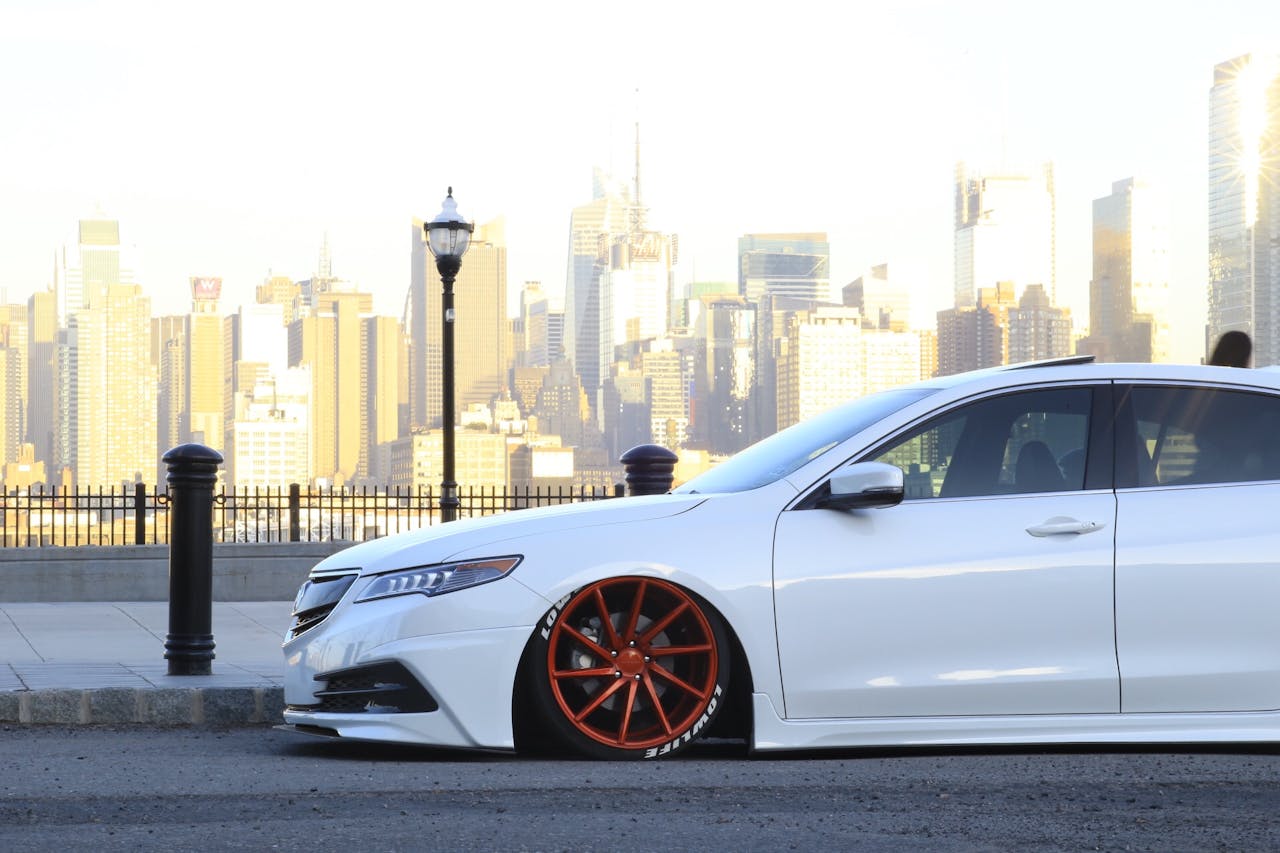
Suspension tweaks can improve handling or clearance, but extreme drops and sky high lifts invite both mechanical issues and legal ones. Many states regulate bumper and headlight height so crashes line up with factory safety zones. When a frame rides lower than wheel rims or tires sit at sharp angles outside the fenders, officers worry about control, debris, and glare. The more dramatic the stance, the more likely a roadside chat becomes.
Radar And Laser Jammers
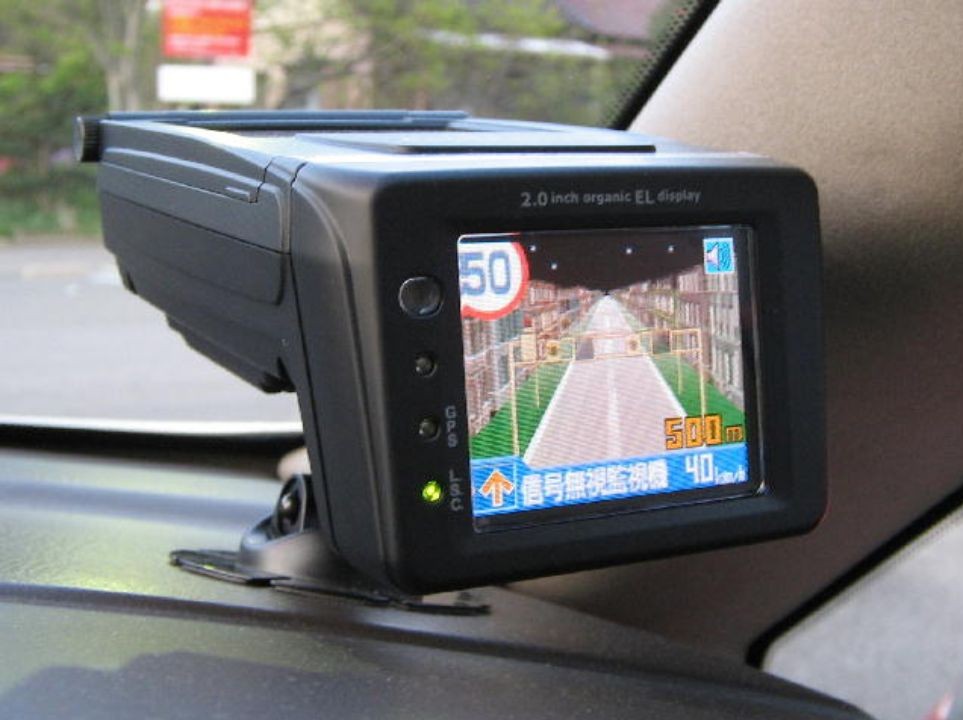
Electronics that try to scramble police speed readings occupy a very different category from simple radar detectors. Active jammers that interfere with radar or laser are illegal in many states and bring attention far beyond an ordinary ticket. Once an officer spots unusual sensors on the grille or a signal error on their equipment, the conversation often shifts from basic speeding to fines, equipment seizures, and hard questions about intent.
Emissions Deleting Performance Mods
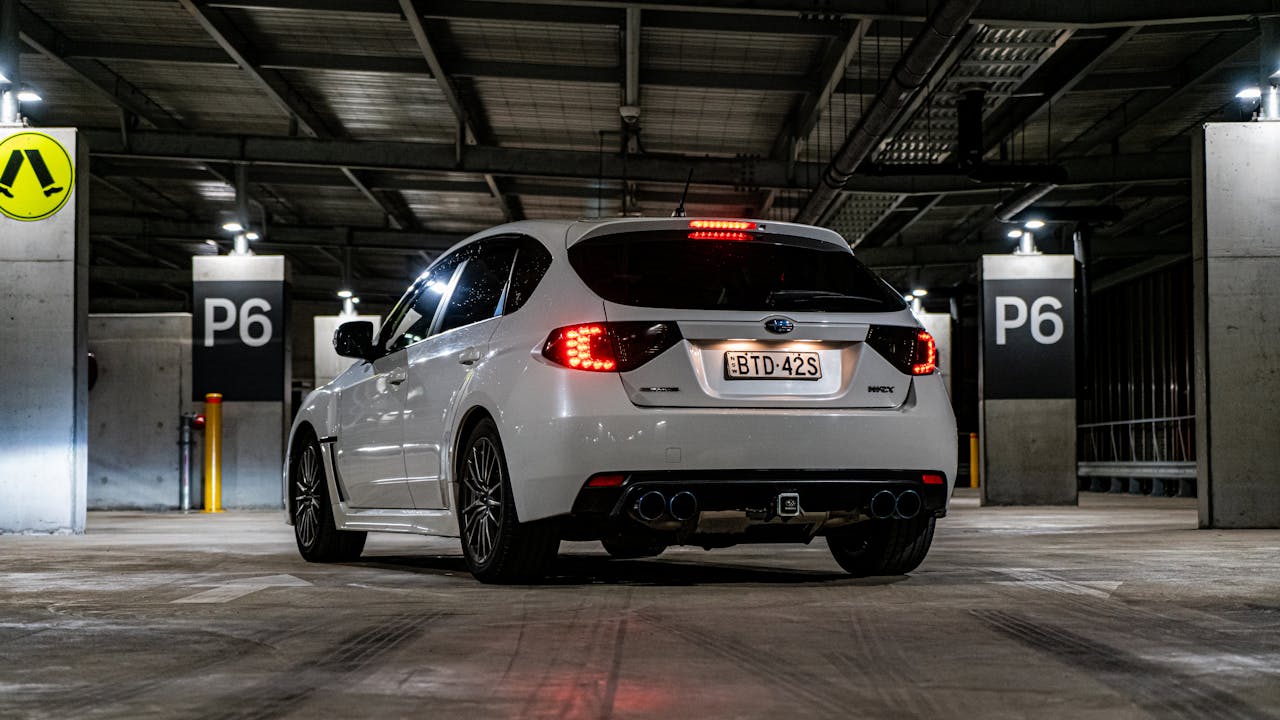
Power gains that come from removing catalytic converters, deleting exhaust filters, or installing illegal tunes can violate both state rules and federal law. Inspectors increasingly look for missing emissions parts and visible smoke during routine checks. When something obvious is gone or a car belches soot under throttle, owners face more than a small ticket. Failed inspections, parked registrations, and expensive repair demands often erase any thrill from the extra horsepower.
Flashing Lights And Fake Emergency Gear
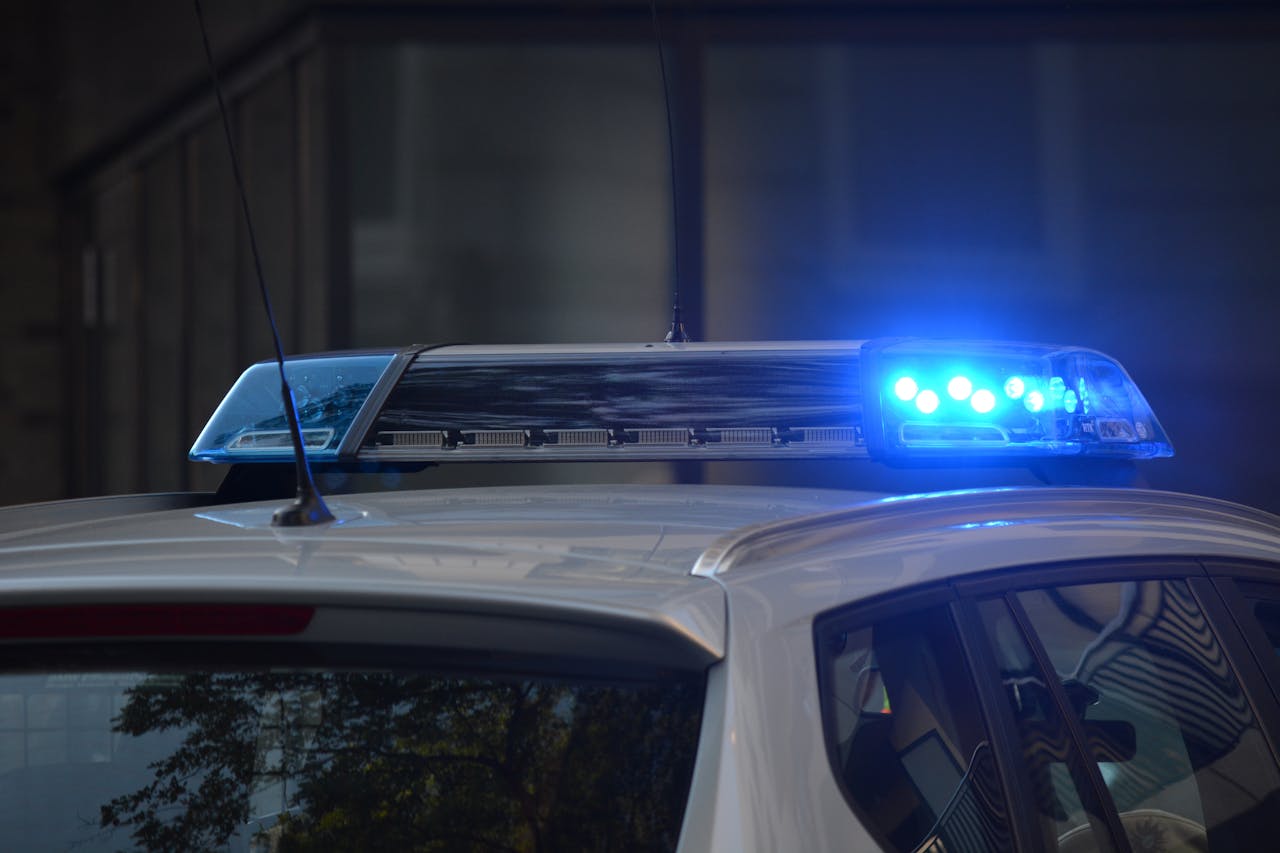
Grille strobes, dashboard light bars, and bright roof pods can look impressive, but they create real confusion when colors or patterns mimic work trucks or emergency vehicles. Most states tightly limit the use of flashing red, blue, and white on personal cars. Even amber strobes can cause trouble if they run on busy highways without any job to justify them. Officers tend to treat pretend authority as a serious line crossed.
Overloaded Mirrors, Dash, And Windshield Area
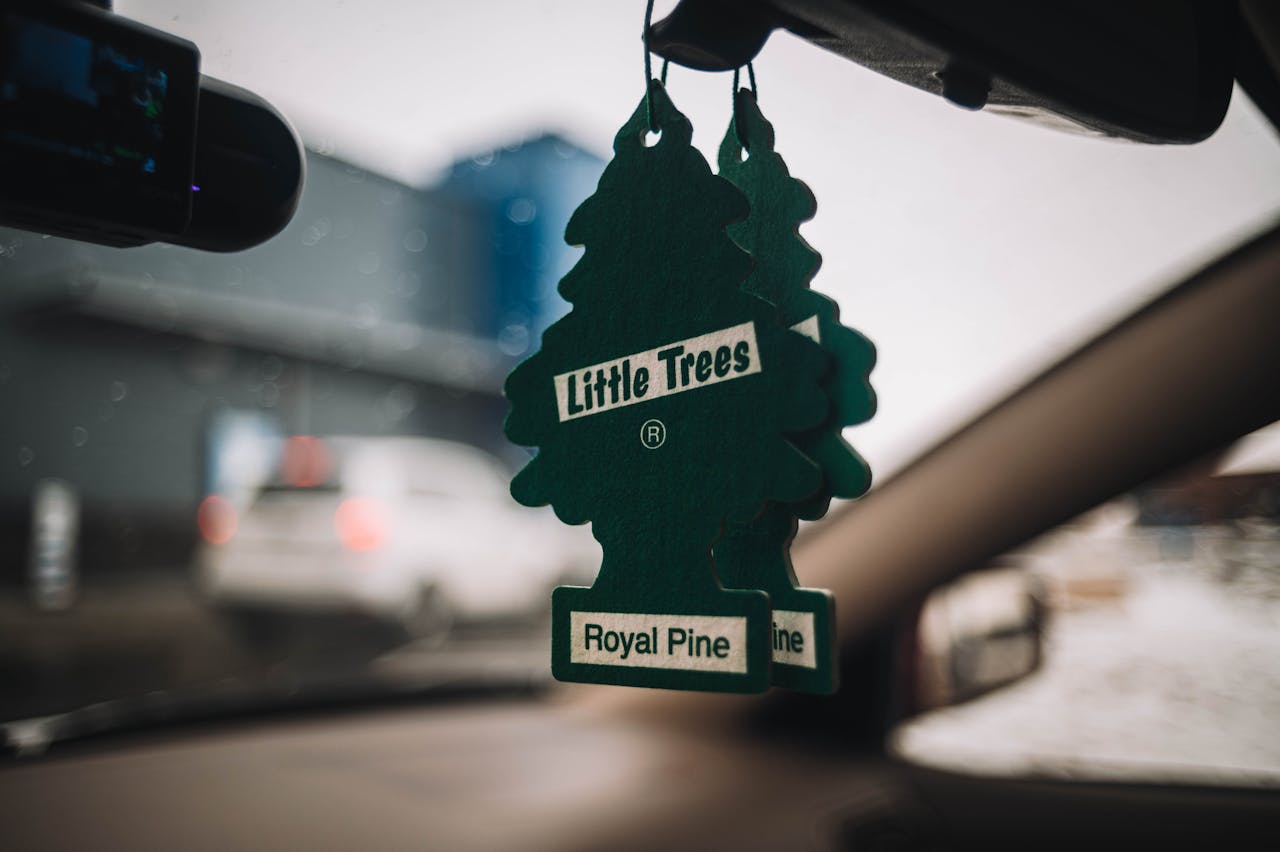
Some of the most common mods are simple decorations and gadgets. Oversized phone mounts, charm strings, plush toys, and thick parking tags can all stack up near the windshield. Laws against obstructed views give officers wide room to act when objects block pedestrians, cyclists, or small cars from sight. A busy cluster of items hanging from the mirror may feel cozy to the driver but still invite a citation.
